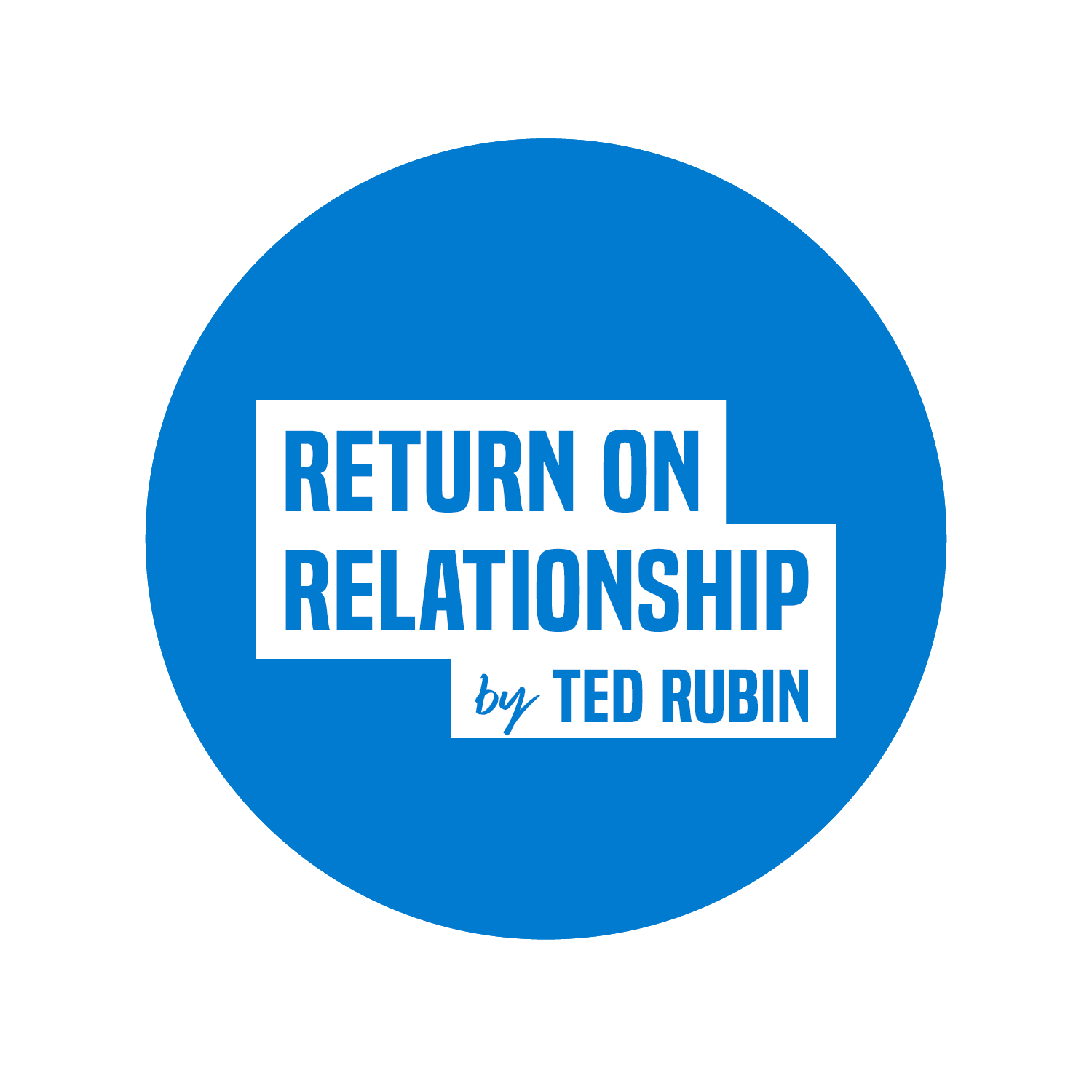HOW TO CRAFT AN AWARD WINNING EDIT. ~via Michael Cameneti
I have been working with Michael Cameneti since I met him via William Harris and his Up Arrow Podcast. I experienced Michael's talents with video creation thanks to William, and am thankful for the introduction and opportunity to benefit from his talents. Happy to share some of his insights here. /Ted
Have you ever watched a movie, TV show or documentary and maybe at first it’s not too bad, you’re kind of into it… but after a few minutes you shut it off because it just feels off? Maybe the cinematography is beautiful, but it’s just not keeping your attention? Maybe it’s a great concept and the trailer made you curious, but it’s executed poorly? You love the actor or actress, but it’s cheesy and it feels like something you’d see on the Hallmark Channel? *no disrespect to Hallmark movies ;)
9 times out of 10 this is probably because of a poor edit. And this also applies to social media content, short films, commercials and video ads that we see every day.
The editing room is where it all takes shape. You have your brushes, your colors and your canvas (all provided by a director, DP and crew who spent weeks or months on the project)… but if the editor doesn’t do his or her due diligence in knowing what they have to work with and going in with a plan - it’s a disaster waiting to happen.
So how do you approach an edit and set out to craft a beautiful story that will resonate? Here are a few tips that I have learned to help me create a great edit every time.
Know what you have to work with.
There are times where my hard drive might have 10 terabytes of footage and it’s overwhelming to begin. Remember those book reports in school that you just couldn’t seem to get started? Yeah, it feels like that. But you HAVE to know what brushes, colors and canvas you have to work with.
For me, I spend at least a few days to a week scrubbing through everything. Literally everything. I pull selects from V1 to V2 line for everything I know I will use. Then I will organize the timeline with detailed markers, so every moment is easily accessible and I know right where to grab a soundbite or piece of B-roll to tell the story (see example below).
Sample timeline that has selects pulled and markers to organize content.
2. Have fun and start to play.
After you scrub through everything (video, CG, sound), have fun and start to experiment. I like to begin this process with finding the right music track.
For example, if I am editing a project that has an interview and B-roll - I will play the interview in the background and go to a website like www.musicbed.com and see what works. Maybe the track needs a chill hip hop vibe, or maybe it’s best suited to have a cinematic track with strings and ethereal voices? You’ll never know until you start to play.
Create a timeline where your intention is to not use it at all, but it’s sole purpose is to let you experiment. This helps a ton to get those creative juices flowing, and might even be something you could export to give the director/client/brand a sample of where your head is at for the direction of the project.
3. Don’t settle.
So many times in my career as an editor (20+ years) I have stopped short on a project and regretted it. Maybe it was a deadline, and maybe it was boredom. But more often than not, I wish I would have refined and kept pushing just a little bit. There’s definitely a fine line between taking TOO long to wrap up a creative project and just knowing when it’s overkill… but those are things you learn over time.
Now after 20 years I have the urgency and instinct to know where to take a project and when to call it quits. So you’ll get there over time. But what I am saying is - don’t just create an edit in 2 days and think it’s perfect and move on.
There’s beauty in refinement, revisions, trying new things, getting feedback and pushing yourself to make it the best it can be. So don’t settle for that first edit.
I could go on and on with editing. But these are just a few tips on how to really take your work to another level.
Know what you have to work with, have fun and don’t settle.
Of course there’s SO much more to itineraries regards to color, sound effects, music levels, pacing… but we’ll save that for another day.
Happy editing!




